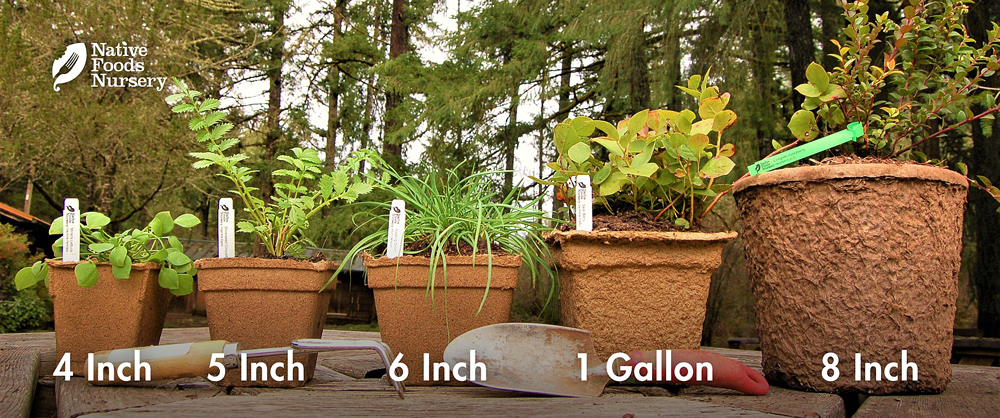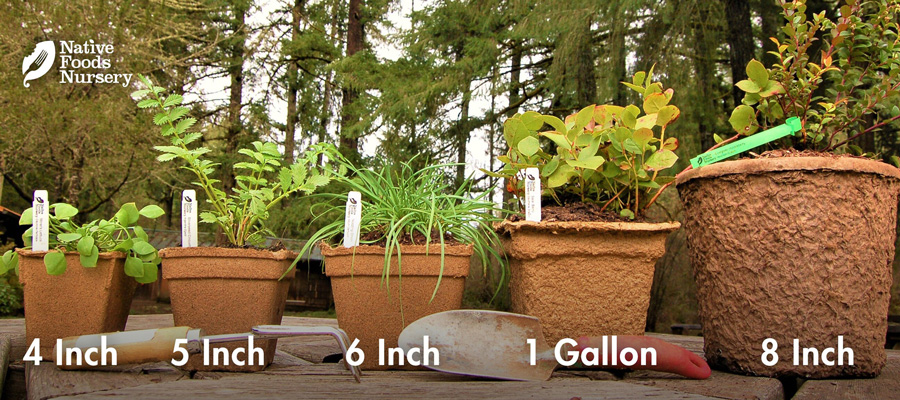Balsamroot ~ Bundle of 3 Bare Root
- Current Stock:
- 0
- Other Names:
- breadroot, oregon sunflower, spring sunflower, deltoid balsamroot
- Latin Name:
- Balsamorhiza sagittata or deltoidea
Balsamroot is a beautiful, yellow-flowering plant native to Western hillsides and prairies. All parts of the plant are edible or medicinal. We carry two species, both Arrowleaf and Deltoid Balsamroot.
Edible Uses
Leaves, stems, roots and seeds of this native food are all edible. Native people have refined the art of preparing this food through grinding seeds to be used as flour for making cakes. The seeds can also be eaten raw or used for cooking oil as they are high in oil content. The young tissues of the roots contain upwards of 30% protein, making this a valuable food source. They are also high in fructan and dietary fiber. They can be baked or steamed, although older roots can become quite resinous and medicinal tasting.
The roots of Balsamroot have many medicinal uses and have antibacterial properties. The resins of the roots are supportive for the respiratory system, and act as a stimulating expectorant and are useful for colds, flus, and cases of respiratory distress. Poultices of leaves and roots have been used to relieve blisters, sores, insect bites, burns and other wounds. Infusions and decoctions of the roots have been used for fevers, headaches, stomach aches and more. Native people have refined the art of using smoke from the roots of Balsamroot to relieve body aches and pains.
Ornamental Qualities
Balsamroot is a beautiful addition to any garden space. The common names Spring Sunflower and Oregon Sunflower speak to the vibrant clusters of 8 to 25 yellow flowerheads that begin to bloom in May and last through July. The leaves are silvery white to green and come to a point at the end, perfectly framing the bright flowerheads. The taproots are substantial and can reach 8.8 feet long and 4 inches in diameter.
Environment and Culture
Balsamroots can be found from British Columbia down to Colorado and Arizona and east to the Dakotas (see details on each species below). They favor hillsides and prairies at mid and upper level elevations in the Rocky Mountains. Balsamroot can be found with Sagebrush, Pinyon-Juniper, Ponderosa Pine, and other Mountainous Shrub communities. Balsamroot will spread readily, but does not pose any threat to other native plants. The deep taproot makes them resilient to fire, trampling and drought. The leaves, stems and flowers are food to elk, deer, bighorn sheep and pronghorn. Seeds are prized by rodents and birds alike, and the flowers attract a variety of pollinators.
Northwest Native American tribes today still value this special plant as food, medicine, and family. Despite great cultural losses, they continue to work towards stewarding and restoring wild populations, both strengthening the integrity of the ecology and sustaining their cultural heritage and wisdom. These strong and recovering peoples and plants deserve our respect, gratitude, and reparations. (Learn more & how to help on our Charitable Giving page.)
Harvest, Care, and Preparation
Balsamroot prefers full sun, though it can tolerate partial shade. They prefer well-drained silty to loamy soils with pH of 6.5 to 8. Stands can take up to 10 years to fully establish, during which they can be vulnerable to more vigorous species. However, once established Balsamroot is resilient and weed resistant. Insect damage to seeds can be common, which can be challenging if you are growing the plant for seed consumption. Young shoots of the stems, leaves and flowers can be eaten in early spring, fresh when young or cooked with other veggies. The roots can be harvested in the autumn and steamed, baked, or even made into a coffee alternative, though they can get bitter and medicinal as they age. Seeds can be harvested after 3 to 5 years by hanging the flowerheads to dry, taking care to harvest before the first frost. Seeds are best stored in cooler temperatures for enjoyment throughout the year.
Native Range:
Arrowleaf Balsamroot: BC, WA, OR, CA, ID, MO, CO, NM, UT, ND, SD
Deltoid Balsamroot: BC, WA, OR, CA
USDA zones: 3-10
Ease of Care: Easy once established
Deer Resistance: low
Light Requirements: Full sun, can tolerate partial shade
Soil Type: loamy, silty, pH 6.8-8
Water Requirements: dry to moist
Pollination: insects, bees, wind
Bearing Age: 3-5 years
Size at Maturity: 6-31 inches
Plant Spacing: 18 to 24 inches apart
Bloom Time: May-July
Harvest Time: Early spring for leaves and flowers, late autumn for roots
Pot Sizing Guide











